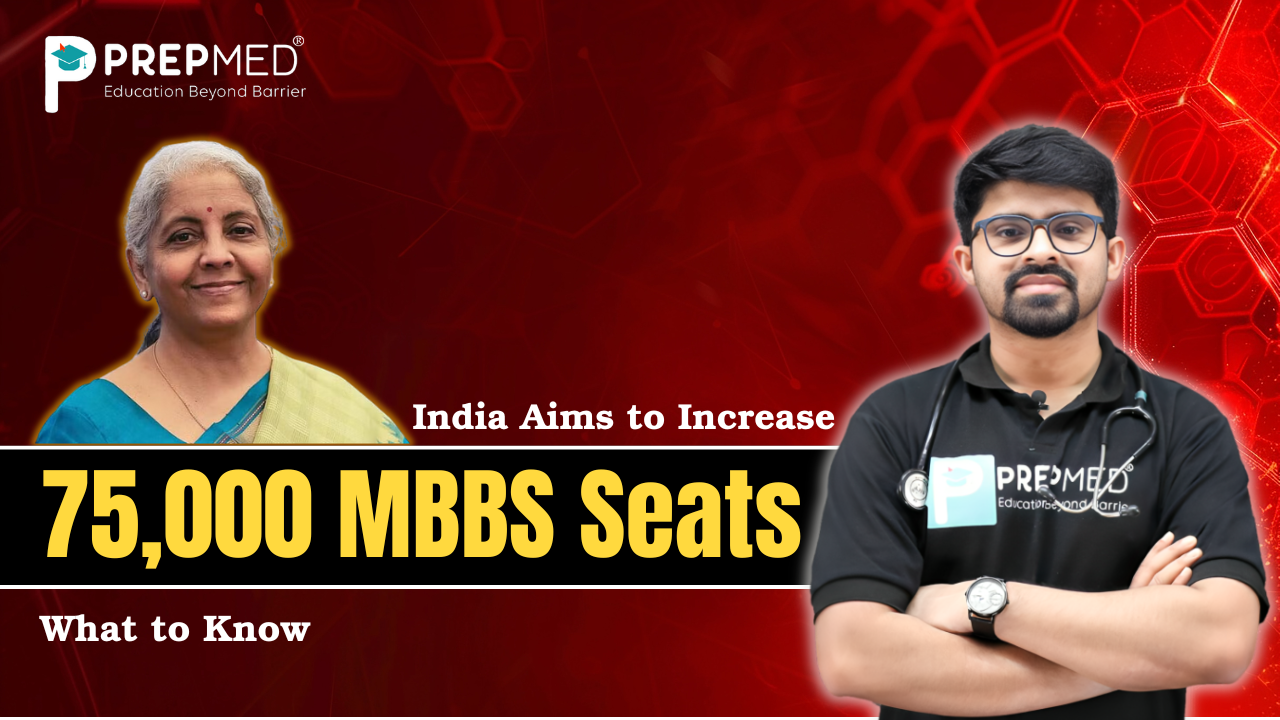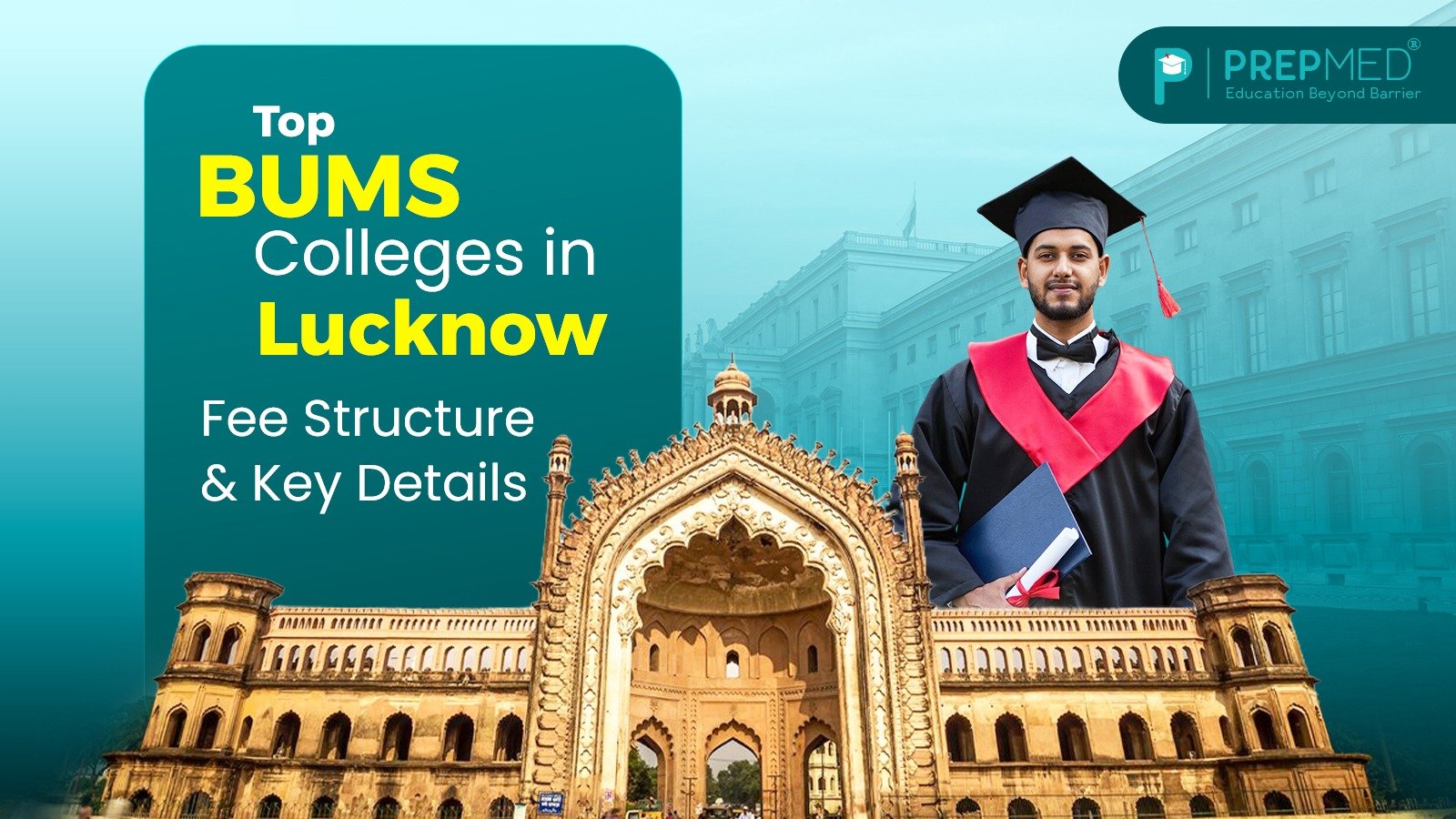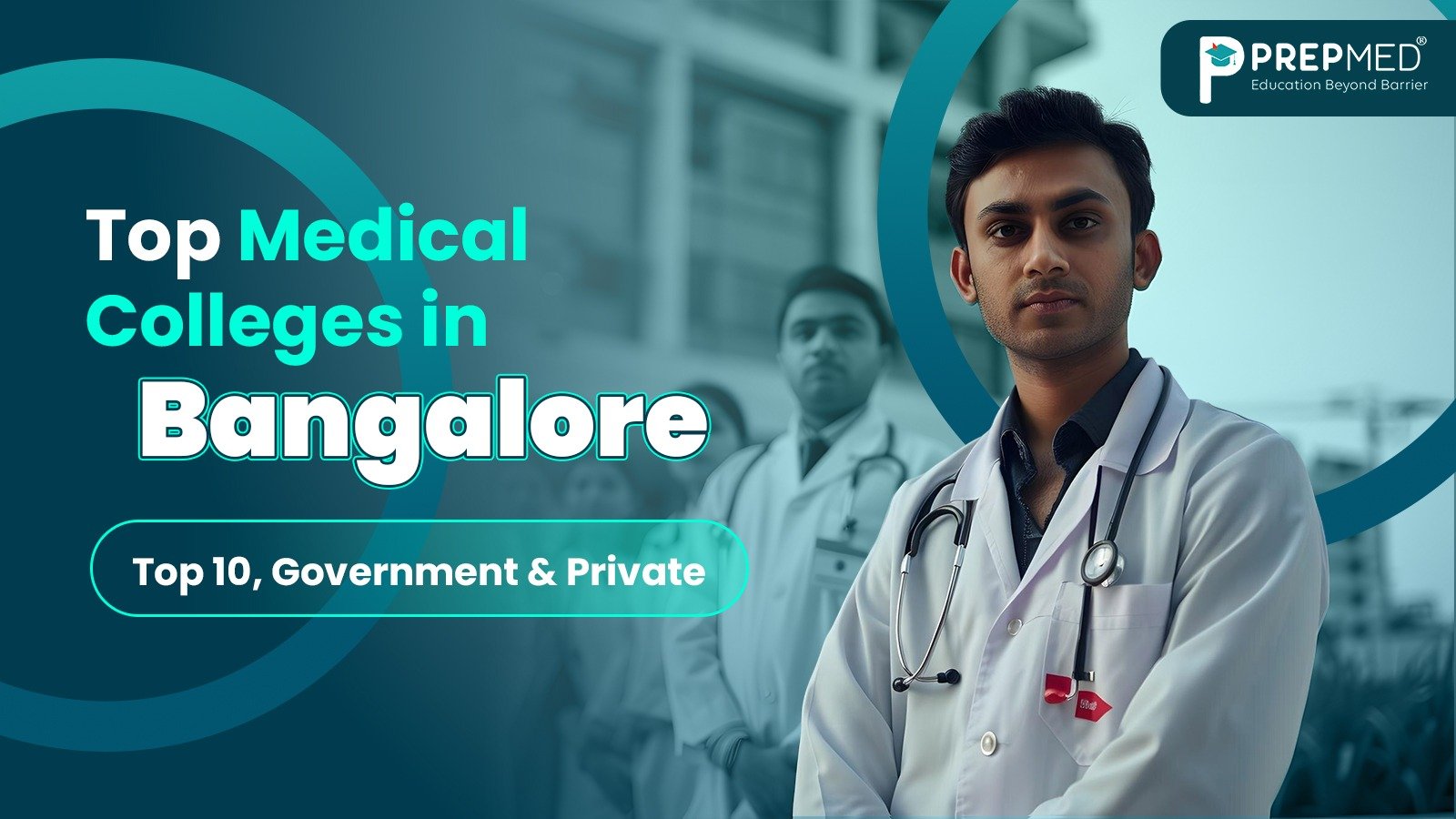February 06, 2025
India’s Ambitious Plan to Increase 75,000 MBBS Seats
Medical students in India will find positive developments in the upcoming Union Budget 2025. The government has also announced an increase of 75,000 MBBS seats across the country in five years. This move is intended to meet the growing demand for medical education and reduce the number of Indian students going abroad for studies; however, there are many questions about the quality of education.
Also read: How many marks are required in NEET for MBBS?
The Government's Push for Expansion
The initiative to expand medical education in India has existed for quite some time. The Indian government has succeeded during the previous decade in growing the medical seats available for both undergraduate (UG) and postgraduate (PG) programs. Sitharaman reported that since 2015 the government expanded UG and PG seats by 1.1 lakh representing a 130% growth. This expansion has already helped thousands of future medical students to join Indian medical colleges instead of seeking medical education abroad.
The government has also said that 10,000 more medical seats will be increased in just the next academic year. While this is a major step in the right direction, the final aim is to increase the number of MBBS seats by 75,000 over the next five years. This is a long-term commitment to improving medical education and training in India.
Keeping Indian Students at Home
In his speech for Independence Day, Prime Minister Narendra Modi spoke about a problem plaguing Indian medical education—the exodus of students to foreign countries for their medical education. Every year, nearly 25,000 Indian students go abroad to study medicine, most of them to countries with dubious standards of education and medicine. This 'brain drain' not only costs the students and their families financially but also deprives the nation of the talent it needs to enhance its healthcare sector.
The rise in the number of MBBS aspirants makes the situation all the more complicated. In 2023, approximately 20 lakh students appeared for the NEET UG examination, and only about 1.08 lakh seats were available.
For more information on MBBS seat expansion visit our YouTube channel
The Surge in Medical Aspirants and Seats
The rise in the number of MBBS aspirants makes the situation all the more complicated. In 2023, approximately 20 lakh students appeared for the NEET UG examination, and only about 1.08 lakh seats were available. Of these, 54,000 seats were in government medical colleges, and the remaining were in private medical colleges. The huge disparity between the number of students qualifying and the number of seats available in medical colleges indicates the need to increase the number of seats.
Private medical institutions, together with government medical colleges contribute to this shortage. Private college students must pay Rs 1.25 crore for their five-year UG program, whereas government college students need to pay approximately Rs 62 lakh for the same course. Raising the number of seats alone cannot solve the problem because it requires additional faculty and infrastructure to be effective. The NEET examination makes more students pass medical education, but it does not necessarily mean there will be more quality seats.
Conclusion
The quality of education depends on both increasing the number of teachers and facilities. The government needs to allocate more resources while recruiting skilled professionals to teach. Public medical college seat expansion should be the main priority to ensure accessibility. Through strategic planning and financial investment, India will be able to expand medical education opportunities without compromising educational standards. Future medical education needs to achieve a balance between education quantity and quality to benefit both students and the healthcare system.
Also read:
Minimum NEET Marks required for MBBS
NEET 2025 total MBBS & BDS seats Matrix Expected: state-wise
Top 10 MBBS Colleges in West Bengal






